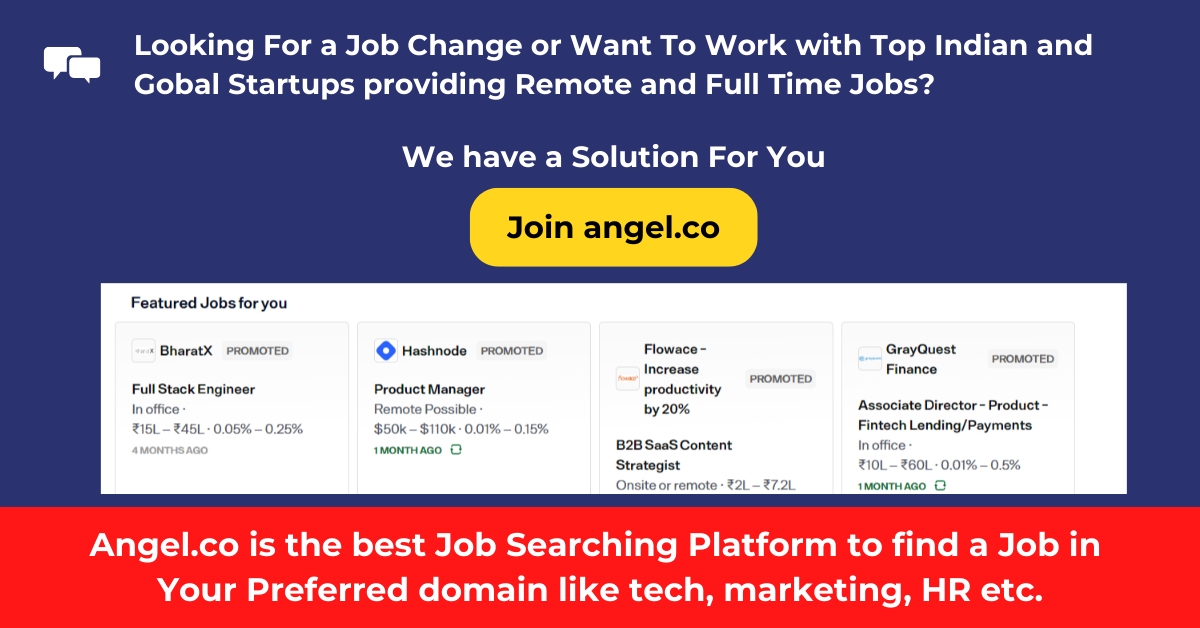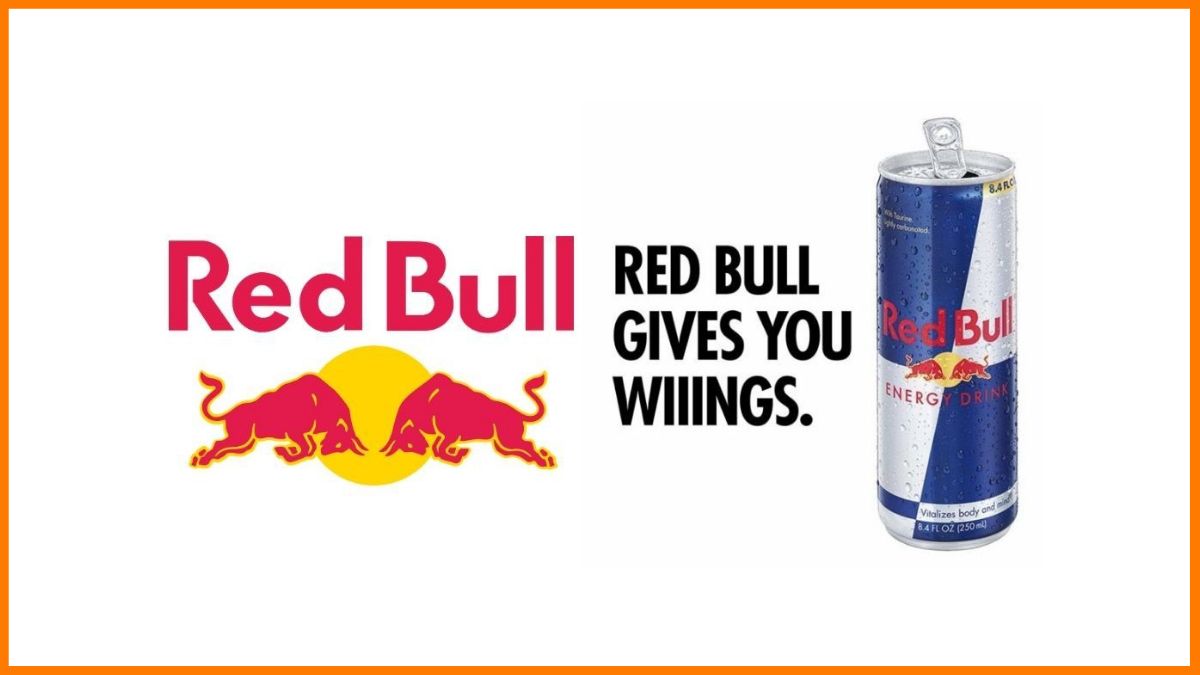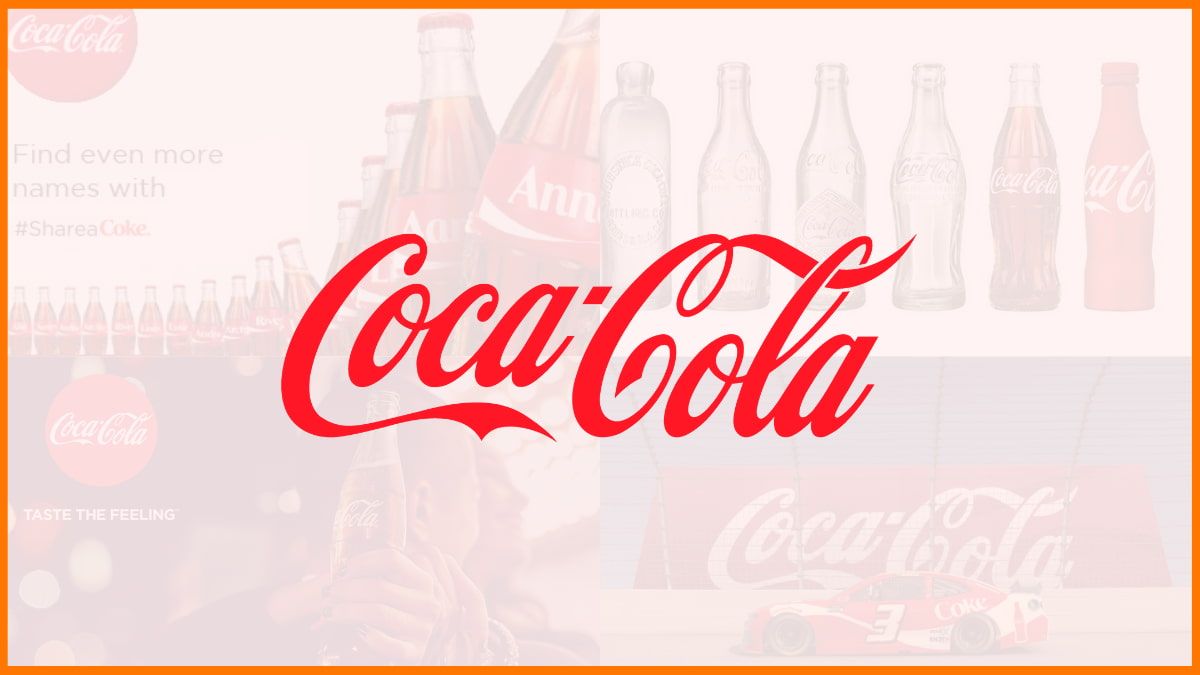What’s the first thing that comes to our mind, when we think about Jeans? Yes, your guess is right! It’s Levi’s. The widely famous American clothing brand whose denim jeans are worn by every second person.
Levi’s includes a sub-category of four brands, Levi’s, Denizens, Signature, and Dockers. The brand is known for its remarkable quality and comfort of blue denim jeans, which holds the status of highest sold brands.
The brand has seen a lot of ups and downs but still, it remained one of the most extraordinary clothing brands across the world. Today, the hype of Levi’s is known by everyone. The brand has opted for such an advanced and ultracool marketing and pricing strategy that has been a great success. In 2021 Levi’s appointed Deepika Padukone as its global brand ambassador.
The 167-years-old blue denim jeans company, Levi’s keeps up with the track of every ongoing change that occurs in retail habits. The tagline of the company goes by “Live in Levi’s”.
You must be wondering how this company has still such a strong foothold in the market! Levi’s follows very extraordinary and advanced marketing strategies that show how people would be shopping in the future.
In order to address such remarkable marketing strategies, we have presented this article, to discuss the marketing strategies of Levi’s. Let’s get started!
Levi’s Product Marketing Strategy
Levi’s Distribution Channel
Levi’s Pricing Strategy
Levi’s Target Market
Levi’s Marketing Analysis
Levi’s Product Marketing Strategy
When it comes to Levi’s products, they are extremely comfortable and of great quality. Through this, the company owns immense popularity in the market and has a huge customer base with loyalty.
Levi’s offers such incredible products and services that they don’t look elsewhere for purchasing. Its denim jeans are innovative, enough spacious for keeping the necessary stuff and come with double layers for durability.
The most popular Levi’s product is its blue denim jeans, however, over the past few years, other products are also gaining prominence.
Besides its fame for denim jeans, Levi’s provides a great range of products including skirts, jeans, underwear, shirts, dresses, jumpsuits, belts, accessories, and many others.
Its denim jeans are further categorized in many designs such as Taper, Skinny, Boot cut, Slim, Flare, Relaxed, Moms, and Big and tall. The most unique part is, it associates a three-digit number with its jeans.
Suppose, you find great jeans with a number 201 but in the men’s section, then you can find the exact same jeans in the women’s section with the number 200. Sounds incredible, right!

List of Courses Curated By Top Marketing Professionals in the Industry
These are the courses curated by Top Marketing Professionals in the Industry who have spent 100+ Hours reviewing the Courses available in the market. These courses will help you to get a job or upgrade your skills.
Levi’s Distribution Channel
Levi’s is entirely distinguished into three major geographical areas: Levi’s Strauss Europe, Levi’s Strauss America, and Levi’s Strauss Asia Pacific. Its Asia Pacific region includes the Middle East countries like Qatar, Oman, Kuwait, and United Arab Emirates as well.
The official headquarters of Levi’s is based in San Francisco, United States. Levi’s distribution strategy is remarkable. It manages the entire supply chain smoothly as well as the delivery through distribution channels, franchise models and advanced qualified staff.
Its products are delivered through numerous distribution channels. Alongside its holds, several factors owned retail outlets and showrooms within Levi’s franchise.

Levi’s Pricing Strategy
Levi’s is a very well-established brand that comes with a great policy of conserving standardly fixed prices across the globe. Its pricing for the pair of denim jeans is measured with tons of factors behind it.
These factors are the demand for products, cost of products, product’s uniqueness as well as convenient features, and product’s affordability based on the target audience.
Likewise in India, the price of denim jeans ranges from Rs 1299 (for Levi’s cost-sensitive customers) to Rs 7000 (customers with luxury).
Its pricing strategy is totally based on the preferences of its customers and that’s why it is quite prominent with its services.
Levi’s Target Market

Levi’s has developed its strategies through a mix-up of geographic, demographic, and segmentation strategies. This is basically for building distinct types of offerings according to the market and customers’ choices.
Levi’s opts for mass targeting strategies in order to convince the requirements and needs of its customers. Levi’s Market position is quite upright and competitive but at the same time, the brand prioritizes the value of money for the customers. And that’s why it influences its customers and gained such a huge base.

Want to Work in Top Gobal & Indian Startups or Looking For Remote/Web3 Jobs – Join angel.co
Angel.co is the best Job Searching Platform to find a Job in Your Preferred domain like tech, marketing, HR etc.
Levi’s Marketing Analysis
Levi’s functions in a very rigorous and competitive marketplace. The market holds a huge counterfeit category of products and services along with various nationwide performers. All these combined are majorly affecting the performance and development of the brand. However, various other components such as climatic circumstances, Labour expense, and developing lifestyles are some of the central factors that are influencing the marketplace across the globe.
In 2021, Levis appointed Deepika Padukone as its global brand ambasaador. The brand is planning to target millennials. The popular actress was also seen in its new campaign focused on the new range of jeans.
On its association Deepika Padukone said,
“Authenticity, Originality, and Honesty are values that the brand has been built on and are values I identify with the most! For those unaware, I have always been jeans and t-shirt kind of girl. The right pair of jeans not only make me feel comfortable but also confident!
I am absolutely honoured and delighted to be associating with one of the world’s most iconic brands-Levi’s.”

Conclusion
Besides being one of the most popular clothing brands across the world, Levi’s manages to keep up with its records. The brand follows some of the very significant marketing strategies that have brought incredible results for the company.
From products to marketing analysis, Levi’s is known for its tremendous strategies that have kept the brand on the top for 167 years. The marketing strategies of Levi’s are immensely famous as well as strong.

List of the Best Laptops in India for Office and Personal use
The List has been curated keeping in mind the requirements for a professional/student which are Performance, Display, Operating system, Design, Ports & Connectivity. So what you are waiting for? Check the list now to find the perfect laptop for yourself.
FAQs
Who is the brand ambassador of Levis?
Deepika Padukone is the global ambassador of Levi’s.
Which country is Levi’s based?
Levi Strauss & Co. is an American clothing company.
When was Levi’s founded?
Levi Strauss founded Levi’s in 1853.
What is the revenue of Levi’s?
The annual revenue of Levi’s was $5,764 million as of 2021.
Who is the CEO of Levi’s?
Charles V. Bergh is the current CEO of Levi’s.






























